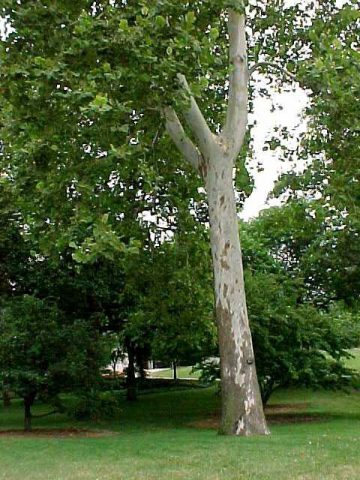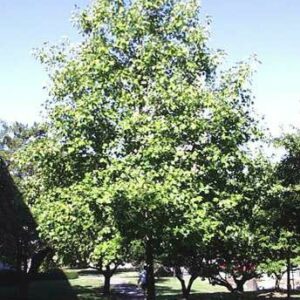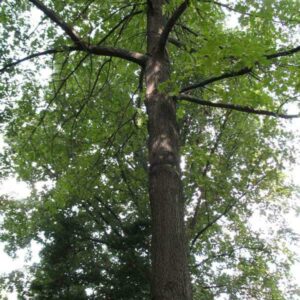Sycamore (Platinus occidentalis)
$30.00 – $90.00
Share
Description
Culture
Easily grown in average, medium to wet, well-drained soils in full sun. Tolerates light shade. Prefers rich, humusy, consistently moist soils. Generally tolerant of most urban pollutants.
Noteworthy Characteristics
Sycamore (American sycamore, eastern sycamore, buttonwood or buttonball tree) is generally regarded to be the most massive tree indigenous to eastern North America. It is a deciduous, usually single-trunk tree that typically grows to 75-100 (less frequently to 150) tall with horizontal branching and a rounded habit. Trunk diameter typically ranges from 3-8, with some records up to 16. Although tulip tree (see Liriodendron tulipifera) may reach similar heights, its trunk diameters are generally smaller. Sycamore is native to lowland areas, typically reaching its largest size along streams, rivers and flood plains. It is commonly found throughout the State of Missouri. The signature ornamental feature of this huge tree is its brown bark which exfoliates in irregular pieces to reveal creamy white inner bark. Mature trees typically display mottled white bark that facilitates identification from great distances. The large 3-5 lobed medium to dark green leaves (4-10 wide) have coarse marginal teeth. In fall, foliage typically turns an undistinguished yellow-brown. Small, non-showy, monoecious flowers appear in small rounded clusters in April. Male flowers are yellowish and female flowers are reddish. Female flowers give way to fuzzy, long-stalked, spherical fruiting balls (to 1 3/8 diameter) that ripen to brown in October and persist into early winter. Each fruiting ball consists of numerous, densely-packed, tiny seed-like fruits (achenes). Fruiting balls gradually disintegrate as fall progresses, dispursing their seeds, often in downy tufts, with the wind. Wood has been commercially used for a variety of products including furniture, cabinets, barrels, crates and butcher blocks. Native Americans hollowed out trunk sections for dugout canoes. European settlers reportedly gave this tree the common name of sycamore because the foliage resembled the sycamore of the British Isles (Acer pseudoplatanus) which is actually a maple.
Additional information
| size | 15-gallon, 3-gallon, 7-gallon |
|---|





